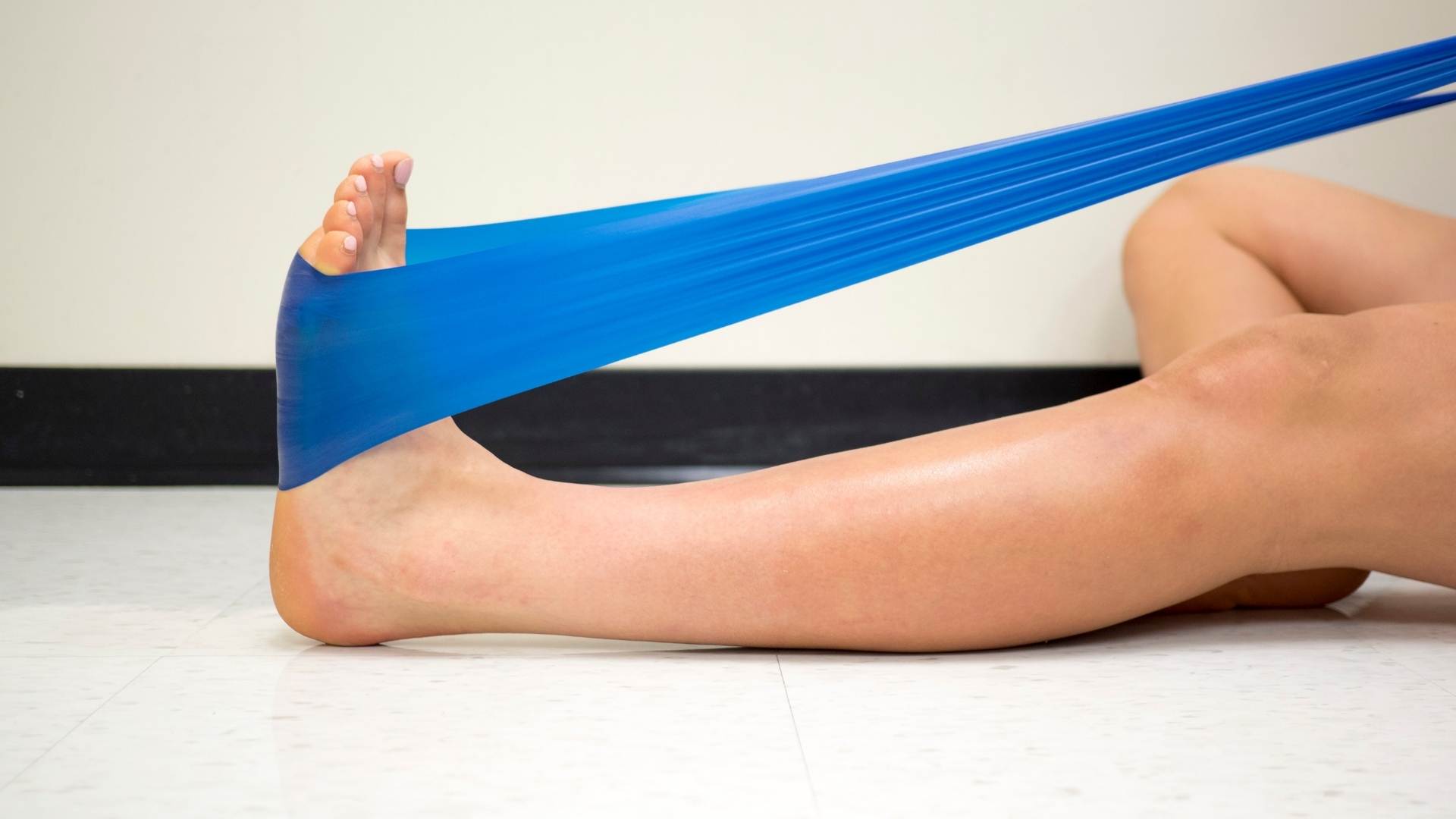Everything Ankle Sprains!
As I physiotherapist I get this all the time. You recently hurt your ankle. You may have heard from a friend or colleague that you’ll be back to running, walking, and playing sports in no time.
But the truth is it’s impossible to know how long an ankle sprain will heal for each individual person. In this blog post, we explore questions physiotherapists get asked about ankle sprains and other common injuries related to the foot and lower leg.
We also introduce different treatment options available for those suffering from a recent ankle sprain without surgery – which include physiotherapy treatments such as exercises, ‘toego’, laser therapy, etc.
The first step towards recovery is getting accurate information about the injury and body awareness, so you can take appropriate steps to recover from any injury or manage any chronic condition.

How Long Does It Take For An Ankle Sprain To Heal?
This is a very common and relevant question physio‘s get in private and practice. It is impossible to give a definitive answer, but I generally give 3-6 months (12 – 24 weeks) for ankle sprains to completely heal and regain strength and stability. But it differs for everyone.
A sprained ankle is a common injury that usually occurs in people aged between 15 and 45, and among recreational athletes. It often happens when the foot twists awkwardly, which can cause damage to the ligaments on one side of your ankle joint.
Let’s Talk About Ankle Sprains!
It is important that if you are suffering from an ankle sprain you get assessed by a physiotherapist as soon as possible so they can accurately diagnose your injury and determine what type of treatment options are best suited to your needs.
Some Of The Risks Factors For Anke Sprains:
- High BMI.
- Poor general health.
- Inactivity.
- Females > 30 years.
- Males between 14 to 25 years.
Some Common Symptoms For An Ankle Sprain:
- Pain when turning or rotating the foot.
- Swelling and bruising around your ankle.
- Tenderness in the ankle joint area.
- Pain weight-bearing.
- A feeling of instability at the ankle – ‘wobbly’.
Treatment Options For An Ankle Sprain
Common treatment options for ankle sprains include a combination of a graded exercise program, laser therapy, education, and advice, joint traction, feet exercises (‘toega’), and hands-on therapies (massage therapy, muscle release techniques, and joint mobilizations).
What Is A Graded Exercise Program?
A graded exercise program tailored to a client’s specific exercise capacity and tolerance, and the exercise they enjoy. ‘Graded’ simply means to slowly and gradually progresses as the client gets stronger and more capable to tolerate more challenging exercises during the program a whole just enough to stimulate a positive change (i.e an increase in strength, control, stability) but not to challenge it too much to cause a pain response or inflammatory response.

Laser Therapy For An Ankle Sprain
Laser therapy is a type of pain-free, drug-free therapy that uses light (lasers) to stimulate and promote healing at the cellular level. This may sound like science fiction, but laser therapy has been used for decades in physiotherapy clinics with great success. Using high-intensity lasers can enhance tissue repair by increasing cellular metabolism and blood flow, speeding up the healing process.
Toego Is A Unique Treatment Option For Ankle Sprains
In addition to physiotherapy treatments such as exercises, laser therapy, etc., there is a new therapeutic modality in town: Toega. This trendy new treatment option is all about using our feet and toes as they were intended, strengthening all the little but important muscles of the toes to increase our body’s strength and balance from the ground up.

Education & Advice For An Ankle Sprain
Education and advice are also an important part of the treatment for ankle sprains. After all, it’s not just about treating your injury – you need to know how to prevent future injuries as well. Educating clients on correct footwear use (e.g avoiding high heels), strengthening exercises/exercises they can do at home or work if not able to come into the clinic or even education on how to use crutches correctly.
Joint Traction For An Ankle Sprain
Joint traction is also painless and promotes the body’s natural healing properties. It relieves pressure and joints, which brings oxygen-rich blood and nutrients to the area. It is an excellent tool to combine with exercise therapy and hands-on therapies and laser therapy for anyone recovering from an ankle sprain.
Hands-on Therapy For An Anke Sprain
Hands-on therapies such as massage therapy, muscle release techniques, and joint mobilizations are effective tools to help relax muscles, increase range of motion, and reduce pain in the early stages of recovery.

How To Prevent An Ankle Sprain
This is so important and should to taught more widely, even among teenagers. Prevention is the best medicine and it is always better to take steps before an injury occurs rather than after.
- Stay active – 30 minutes of moderate-intensity exercise or more every day.
- Gradually build up the frequency, duration, speed of activity so your body has time to adapt/get used to increasing demands.
- Exercising on uneven surfaces, changing direction quickly, and landing from a jump incorrectly can all increase the risk of an ankle sprain.
Should I Ice An Ankle Sprain?
This is a hot topic in research, and my advice at the moment is – if you can avoid icing, avoid icing as it can slow down the recovery process because heat and swelling of part of the body’s natural healing process and ice get in the way of that. But if you find the pain unbearable and ice smoothing, ice for 15 minutes a few times a day.
Conclusion
Thank you for reading this blog and ankle sprains. If you have any questions, please feel free to contact us. It is impossible to give a definitive answer, but I generally give 8-12 weeks for ankle sprains to completely heal and regain strength and stability. But it differs for everyone.




